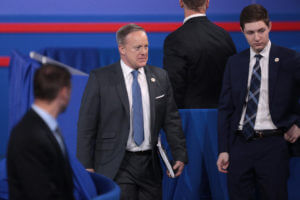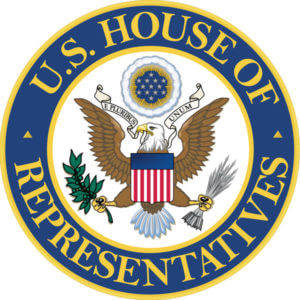Public Relations and Politics: Tied Together
Published on April 10, 2017, at 1:25 p.m.
by Josh Downey.
The past few years of American politics have been interesting to say the least. Scandal after scandal, along with the introduction of the terms “fake news” and “alternate facts,” have made for quite an interesting, if not exciting, election cycle. Audiences were always kept on their toes, for better, or worse, with the crazy occurrences and statements made in the presidential race this past year. All of this and more kept public relations professionals from both sides of the aisle busy to minimize the damage done.
Public relations and politics have always gone hand in hand. One could argue that public relations tactics have been around since the beginning of politics. This is not a history lesson, but scandals, speech writing and press releases are all things that could fall under a public relations professional’s job description and have been around for centuries. Those tactics are all very important in politics; candidates would struggle without help from public relations professionals.
Hannah MacInnis, digital coordinator for the Republican National Convention, explained how public relations ties into politics.
“Public relations is of the utmost importance when it comes to politics because of the vast areas of publicity that come along with any administration or campaign,” MacInnis said. “From shaping the message of a candidate to conveying the vision of a leader, the media can oftentimes skew things the wrong way, which is where public relations comes in to accurately represent these messages and visions.”
Mass media outlets never stop the news, especially with politics. That means public relations professionals always have to be ready to manage new stories and situations. For the most part, public relations is behind the scenes in politics, but sometimes it is in the forefront.
The White House press secretary is the highest public relations professional in the country. The press secretary is the spokesperson for the White House and the president of the United States.
Sean Spicer is the current White House press secretary. He is considered the nation’s top liaison between the government, the public and the media. He holds press briefings as needed to inform the press of the actions of the White House and to answer any questions the press might have.
“A press secretary serves as a spokesperson for the organization they are working for. They help to shape the voice of the organization or person and convey the proper message to the media,” MacInnis said. “The job of a press secretary is vital because of the level of perception they have to convey the most accurate information at exactly the right moment.”
Another tie between politics and public relations is the communications director’s role. Many people confuse the press secretary position with that of the communications director, but both have their own distinct roles.
Leighton Brown, former deputy press secretary/digital coordinator for the House Committee on Energy and Commerce, and current communications specialist for Southern Power, explained what a communications director does.
“A communications director wears a lot of hats in the office,” Brown said. “They are the driver behind their boss’ image, message and brand. They are responsible for taking major policies and communicating them to the American people in a way they can understand.”
Press secretaries and communications directors are both vital to the success of politicians. Both positions have their own strategic roles that can lead to a strong political team when put together.
“The biggest role in politics for a public relations professional is to protect their boss or their boss’ image,” Brown said. “It’s important to be as proactive and strategic as possible, but in politics a lot of times it is about the reaction to new situations from public relations professionals.”




